On Monday (March 18th), we left Ridgecrest, CA and drove west on Hwy 178 across the southern Sierra Nevada mountains. The road curved through narrow canyons that followed clear mountain streams. We also drove through high altitude meadows with abundant wildflowers. It was a beautiful, sunny day with temps in the 60’s. Perfect for taking photos. Except, I didn’t take any. I was too busy white-knuckling the steering wheel in an effort to keep the RV on the narrow, winding road. The views were great. At least, that’s what Laurie told me. Most of you know I’m not a fan of heights, so I kept my eyes glued to the road. We came out of the mountains near Bakersfield, CA and suddenly the landscape was very different. There were orchards as far as you could see, filled with oranges and lemons. There were also huge tracts of olive trees, grape vines, peach trees and almond trees. This area has an astounding variety of agriculture. We drove north and east and headed back into the Sierra Nevada foothills, where we stopped for the night at Three Rivers, CA, located just outside of Sequoia National Park. On Tuesday (March 19th), we spent the day exploring Sequoia.
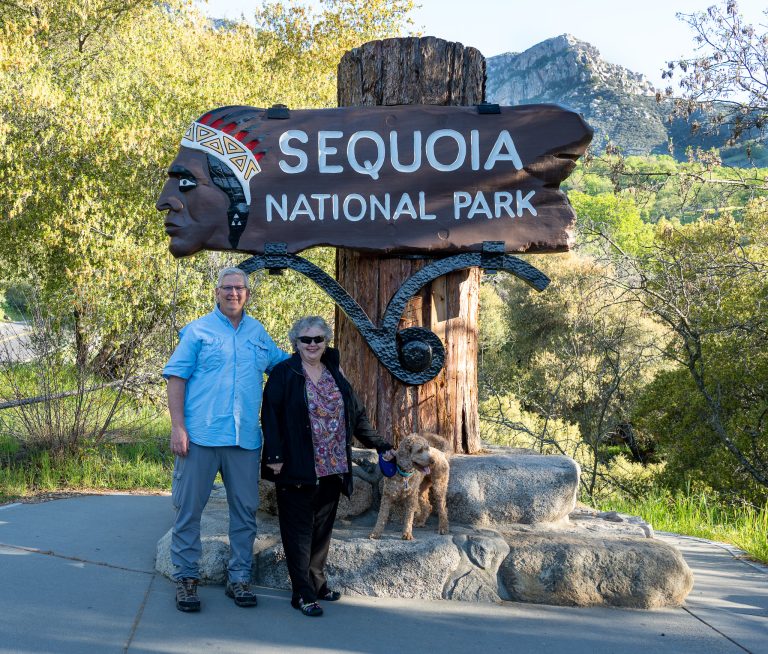
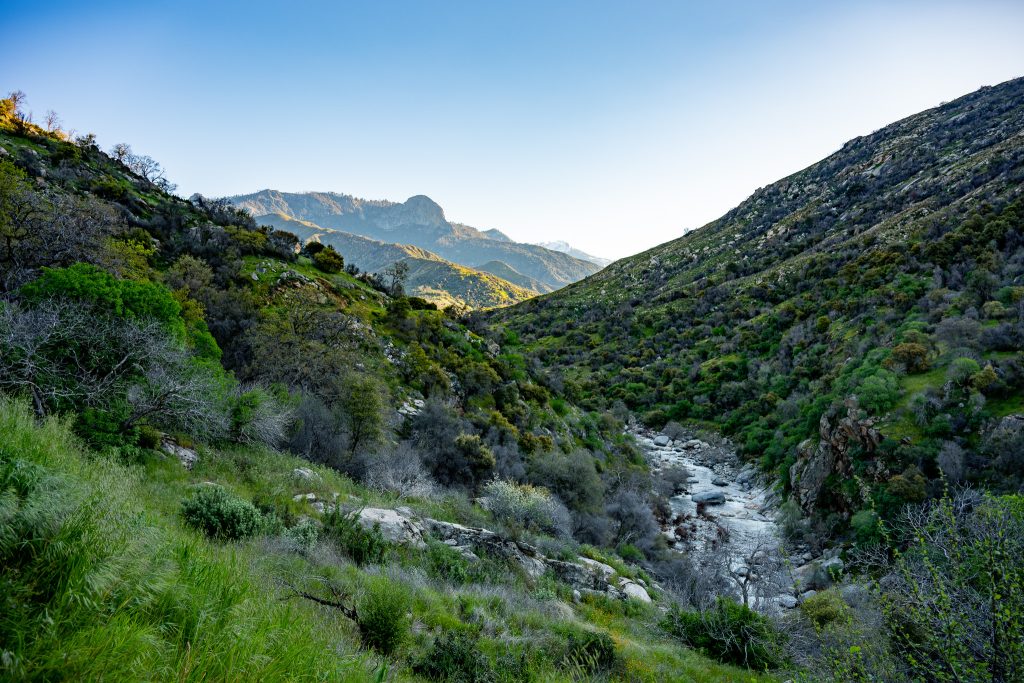
We stopped at a few historical sites and scenic turnouts as we drove further up Generals Highway to higher elevations within the park. The road seemed to get even more narrow and curvy. No wonder the park restricts vehicles on this highway to less than 22 feet in length. Earl, our RV, is 25.5 feet long, which is why we decided to hire a guide to take us through the park instead of exploring on our own.
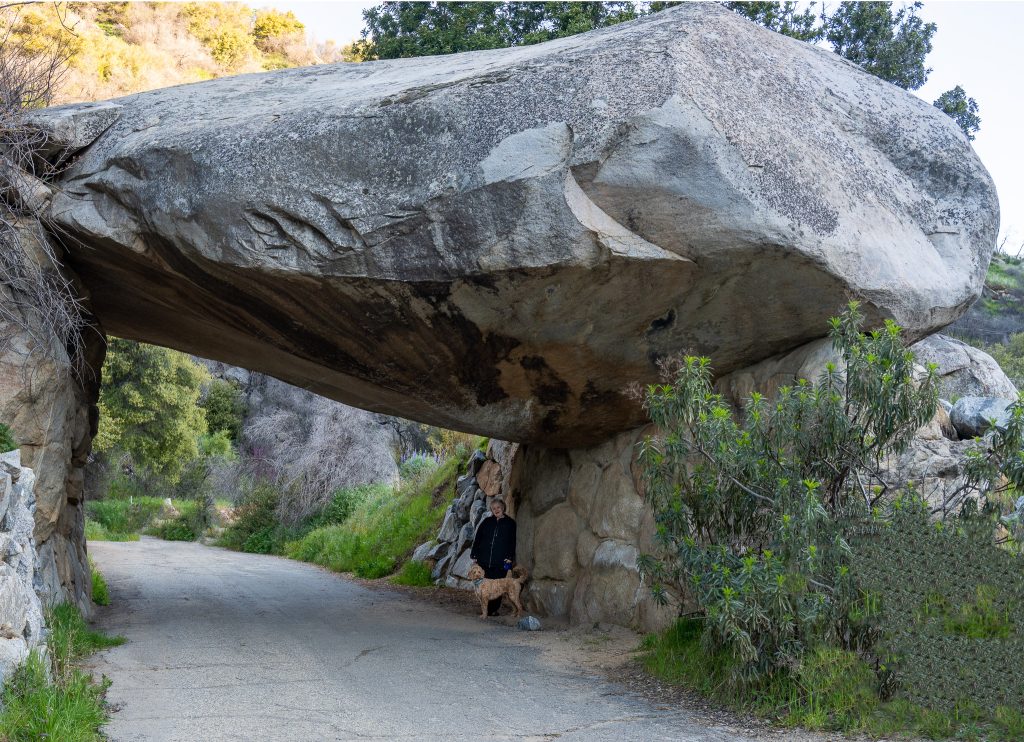
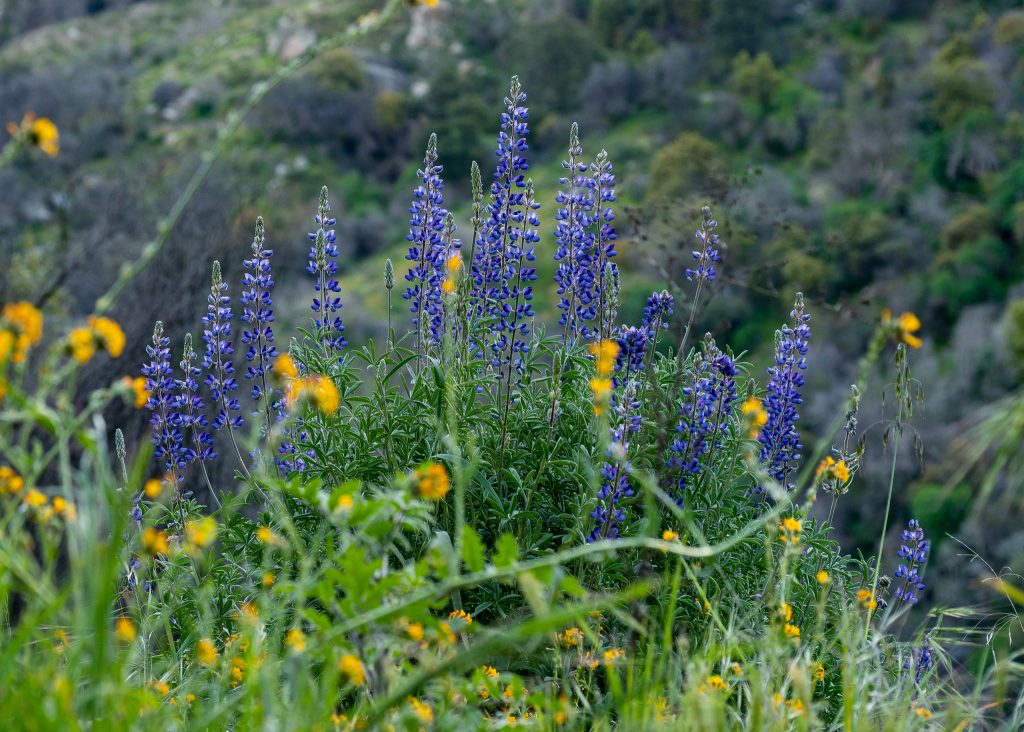
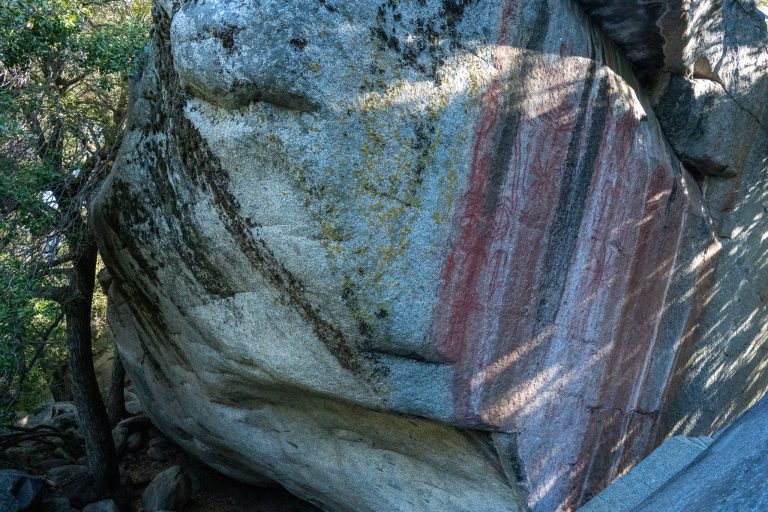
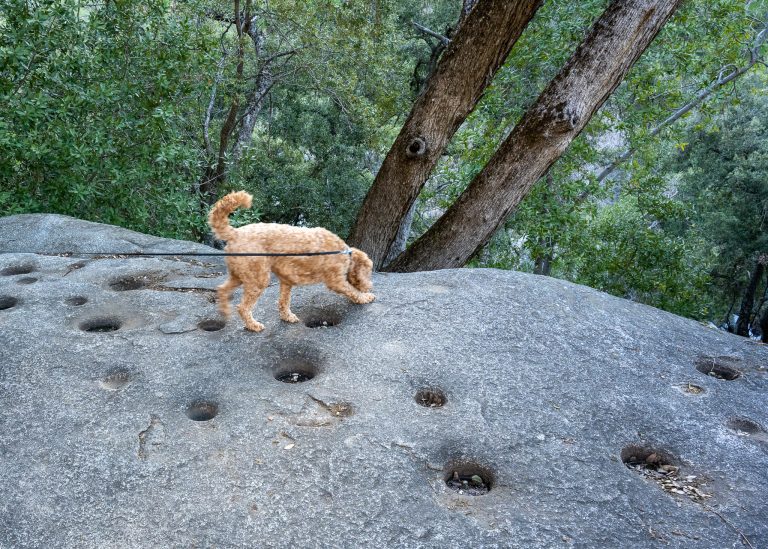
We continued to drive to higher elevations and began to see some very large trees. Sequoias thrive at elevations between 5,000 and 7,000 feet, especially where there is abundant sunlight and water. There was significant snow on the ground at these elevations due to the recent California atmospheric river storms. Many areas of the park were still closed, but we were able to explore a meadow filled with unbelievably large trees. We were one of the only groups in this area. The rich aroma and the perfect silence among these giants was amazing.
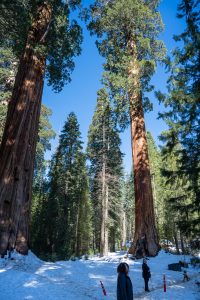
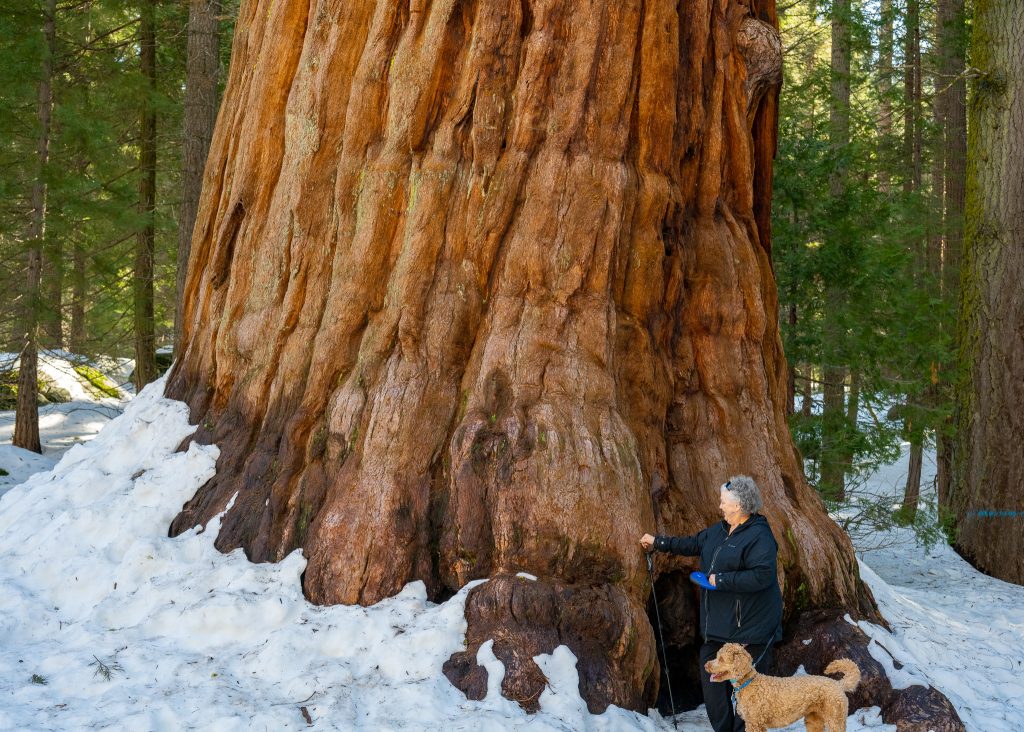
We drove further up the road to see the third largest tree in recorded history. General Sherman, the most famous sequoia, is 40 feet in diameter at the base and 275 feet high. It is currently the largest living tree in the world, by volume.
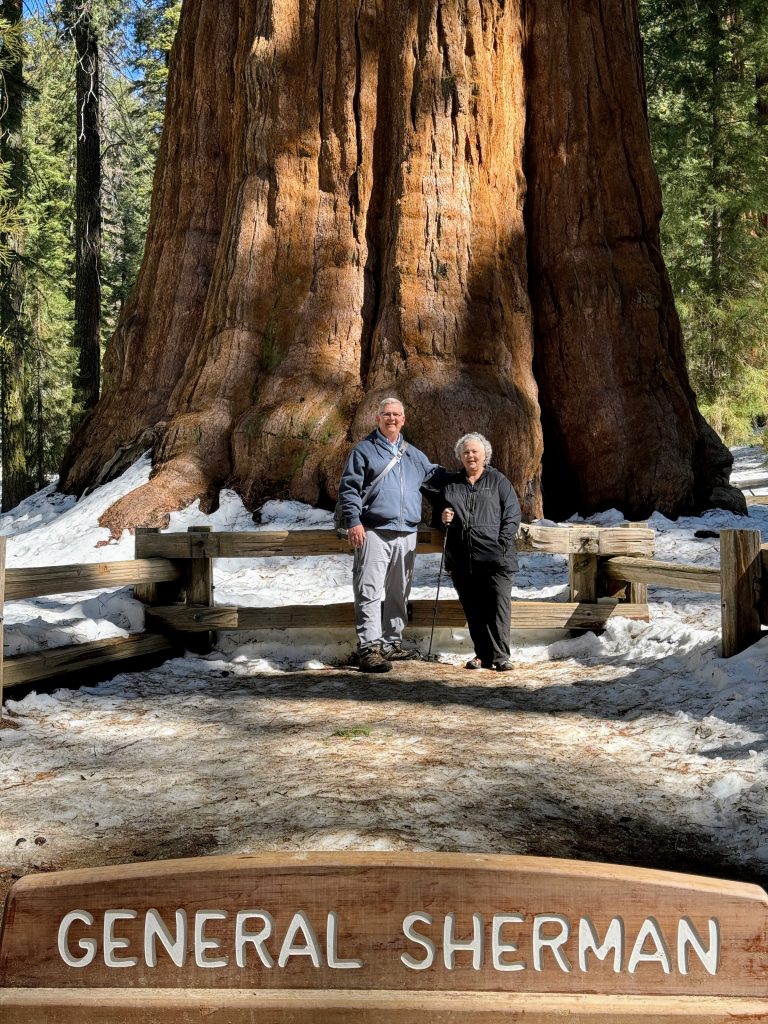
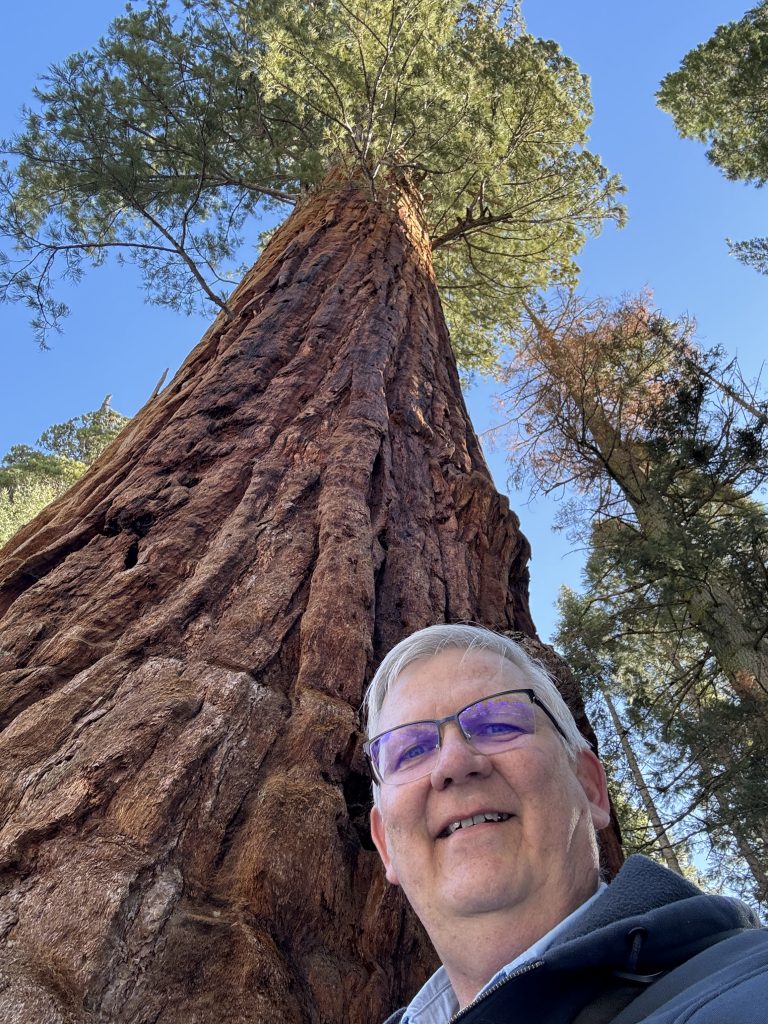
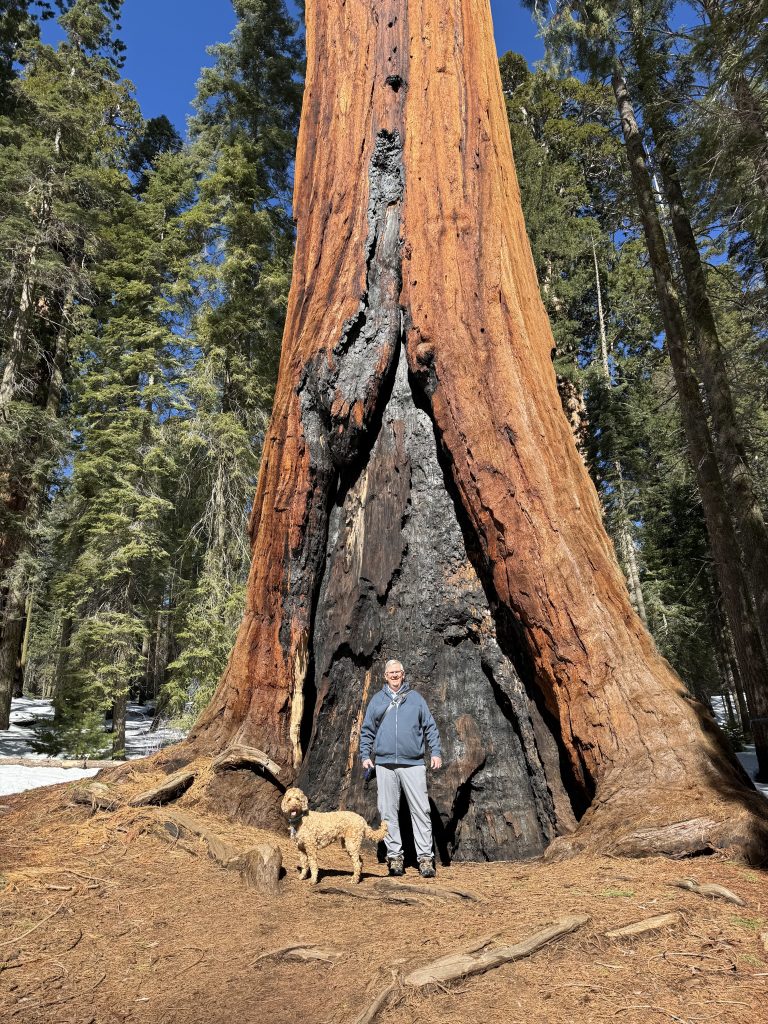
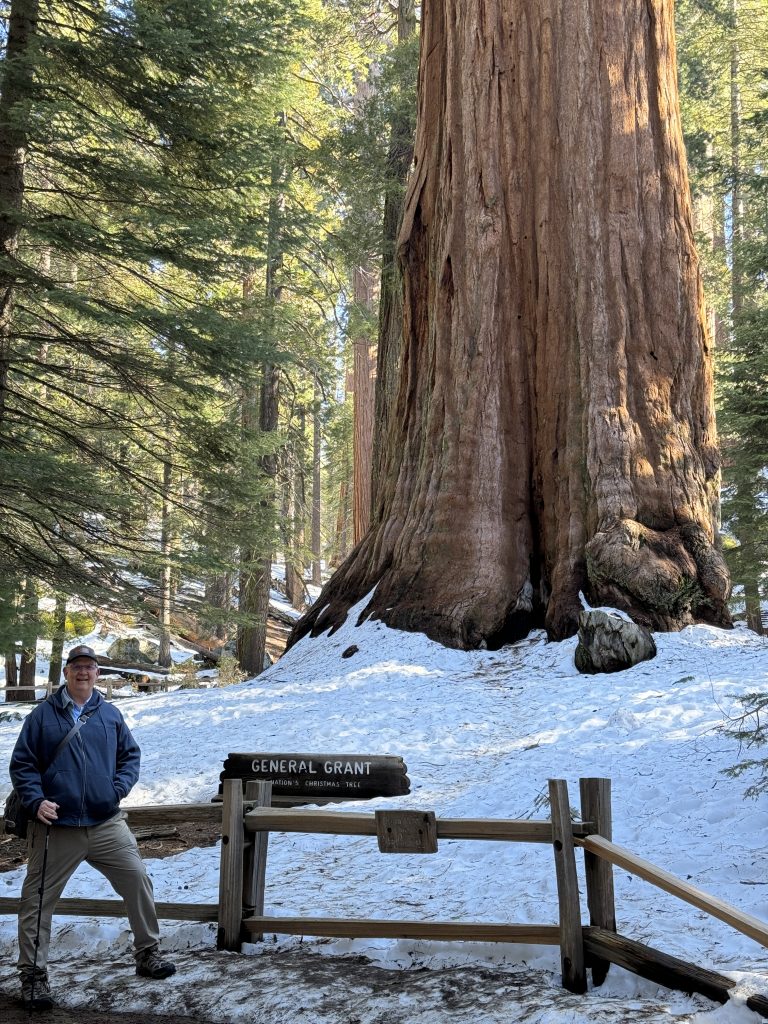
After touring Sequoia National Park for most for the day, we drove from Three Rivers, CA to Dunlap, CA. This positioned us just outside of the entrance to King’s Canyon National Park. Wednesday (March 20th), we toured this neighboring, lesser known park located just to the north of Sequoia. Unfortunately, many of the roads in King’s Canyon were still closed due to the snow pack at the higher elevations. It would be best to tour this park in late April or May. But, we were still able to check out some of the massive sequoia stands.
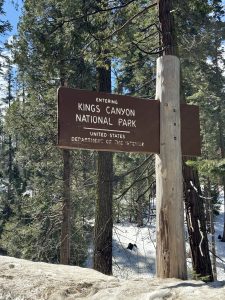
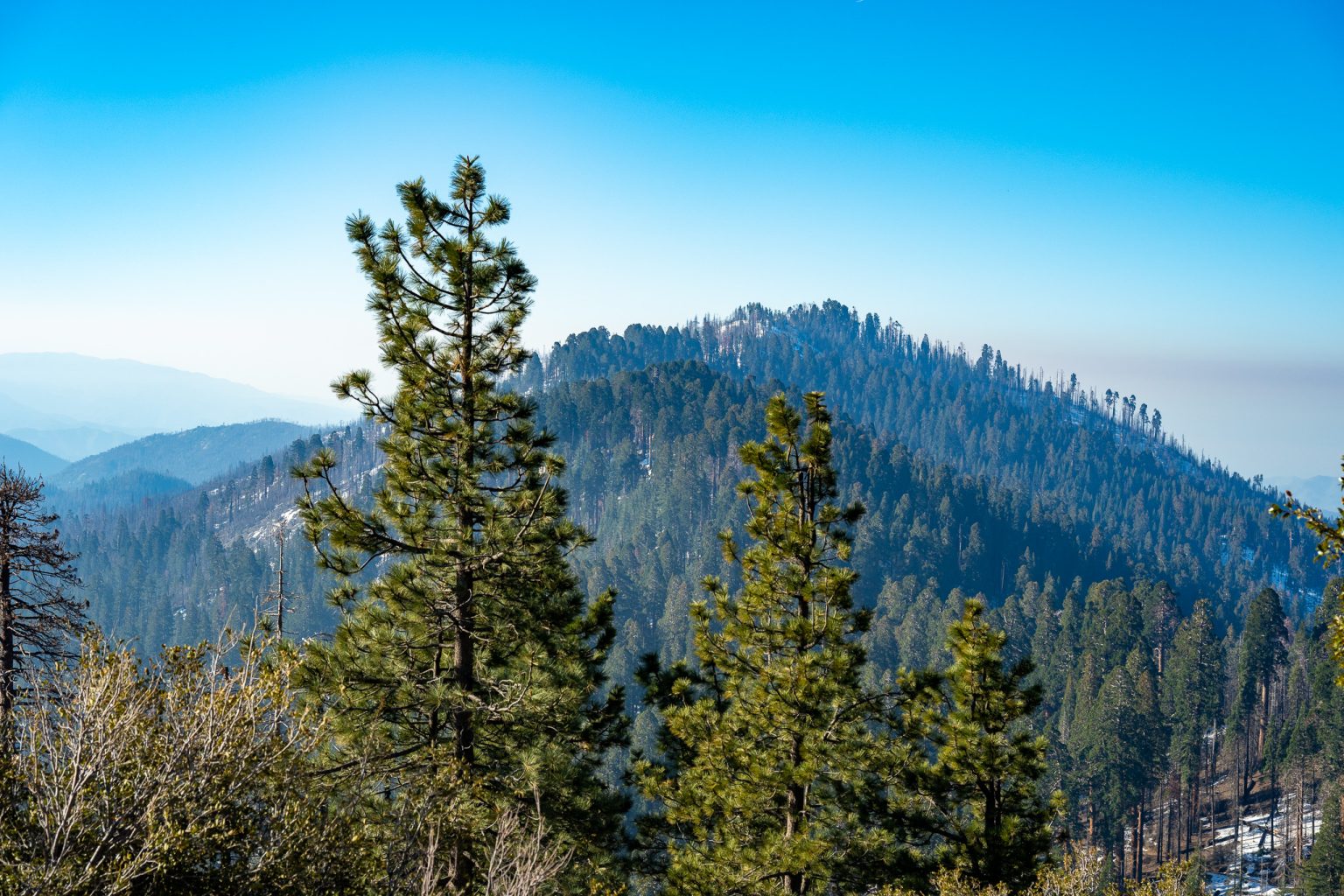
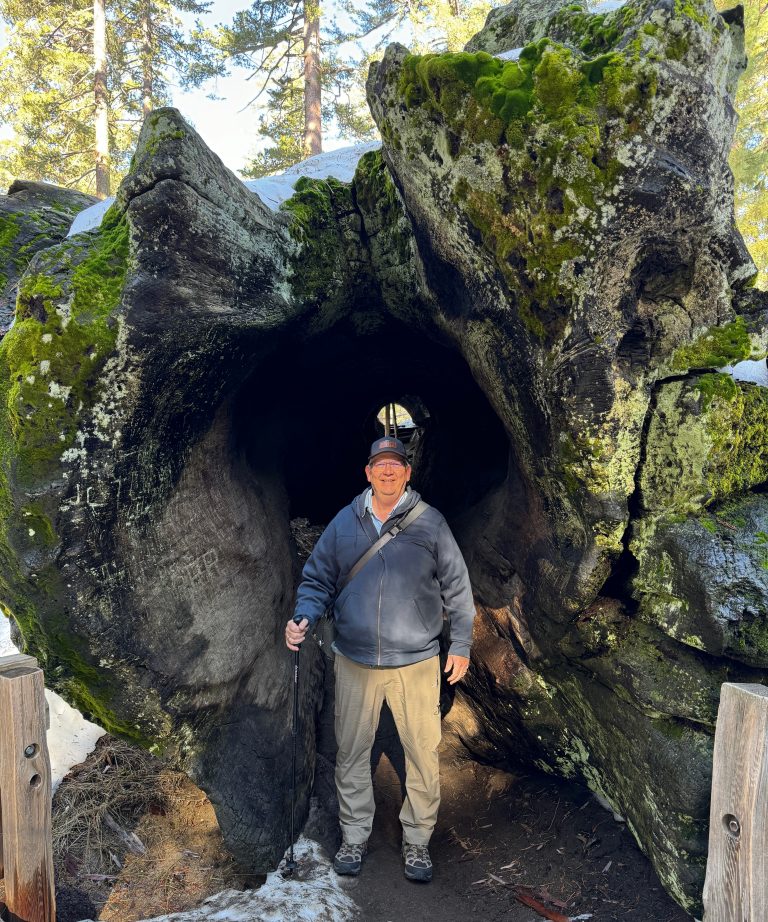
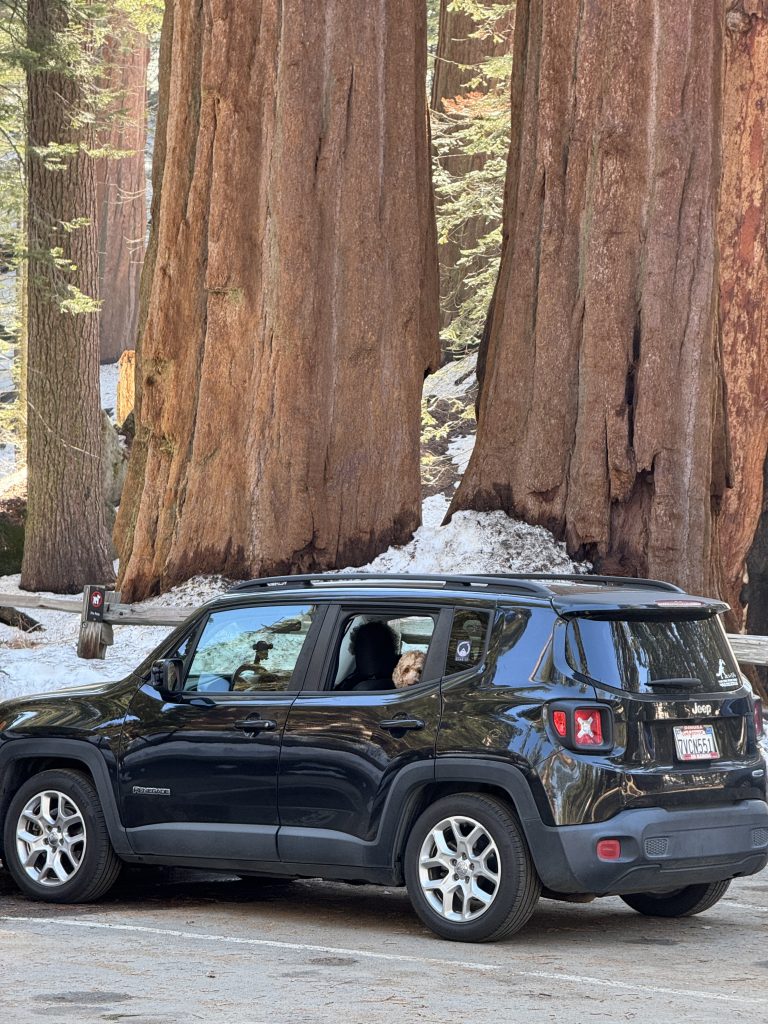
We drove near the edge of the two-mile deep King’s Canyon (deeper, but more narrow than the Grand Canyon). However, the road into the canyon was not yet plowed so we could not get closer. On the other side of the valley is a huge wilderness area, one of the most remote areas in the Sierra Nevada range. Heavy logging occurred in this area before the National Park was formed, which is strange because Sequoia wood is brittle and does not make for good lumber. But, over a hundred years ago, loggers cut down many massive sequoias anyway.
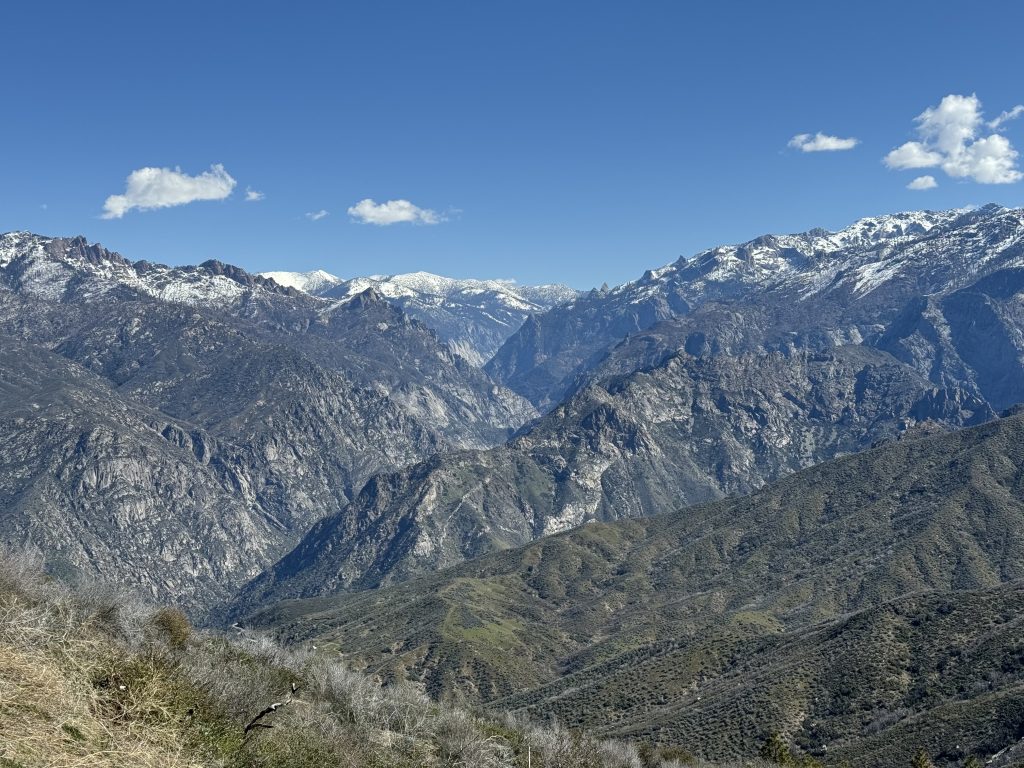
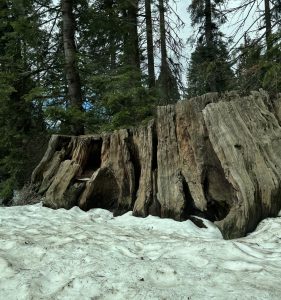
After our tour of King’s Canyon, we drove from Dunlap, CA to Oakhurst, CA. This tourist town is located just six miles from the main entrance to Yosemite National Park. Our plan was to visit Yosemite on Friday (March 22nd). However, we had to abort our plans as Laurie developed back trouble and couldn’t walk without excruciating pain. Given Laurie’s discomfort, we decided to change our plans and start driving back toward Wisconsin. We drove 500 miles on Friday to Kingman, AZ. We took Laurie to the emergency room on Saturday (March 23rd) and she was diagnosed with a sprained back. Sunday (March 24th) Laurie developed a high fever and her pain got much worse, so she got her first ever ambulance ride and we went back to the ER. Lots of tests were run, but no conclusive answers. We continue to stay at a local RV Park in Kingman to give Laurie a chance to rest and recuperate. Once she is feeling better, we will restart our journey home. So, therefore, this may be the last post for a while.

stunning pictures as always. I can hardly wait to do this trip with Larry.